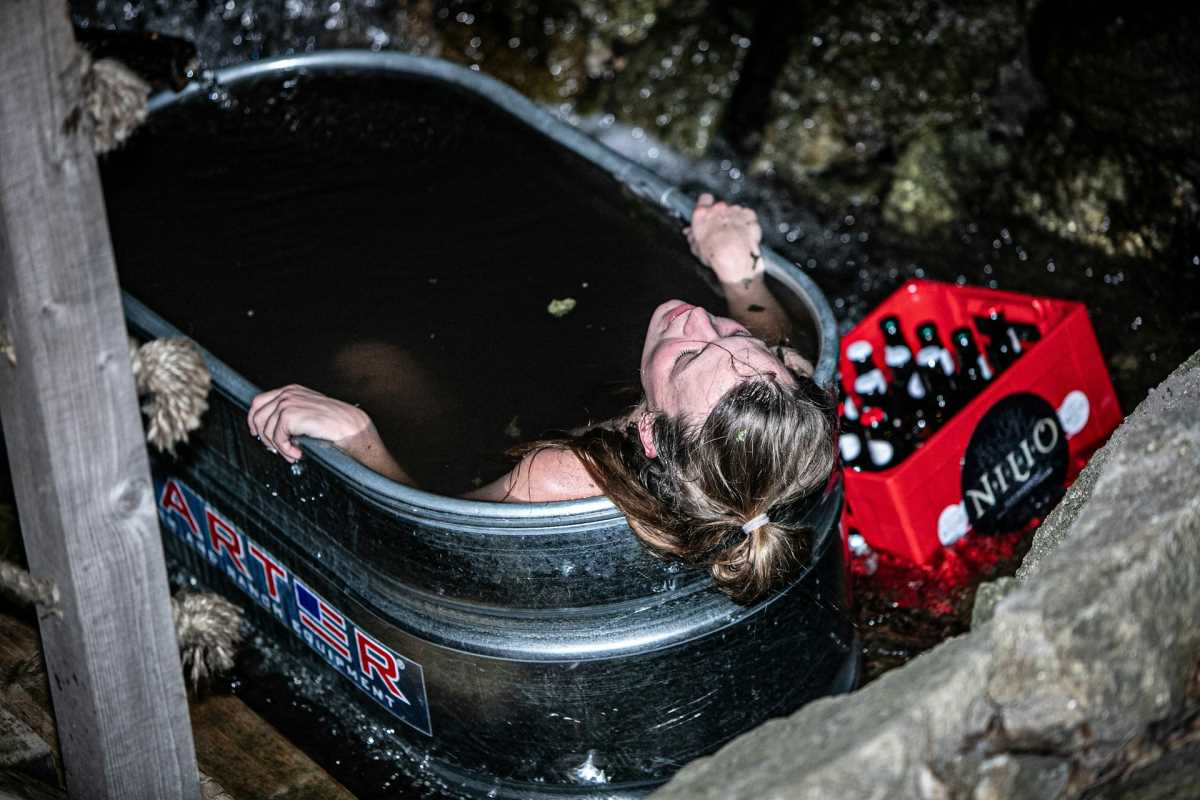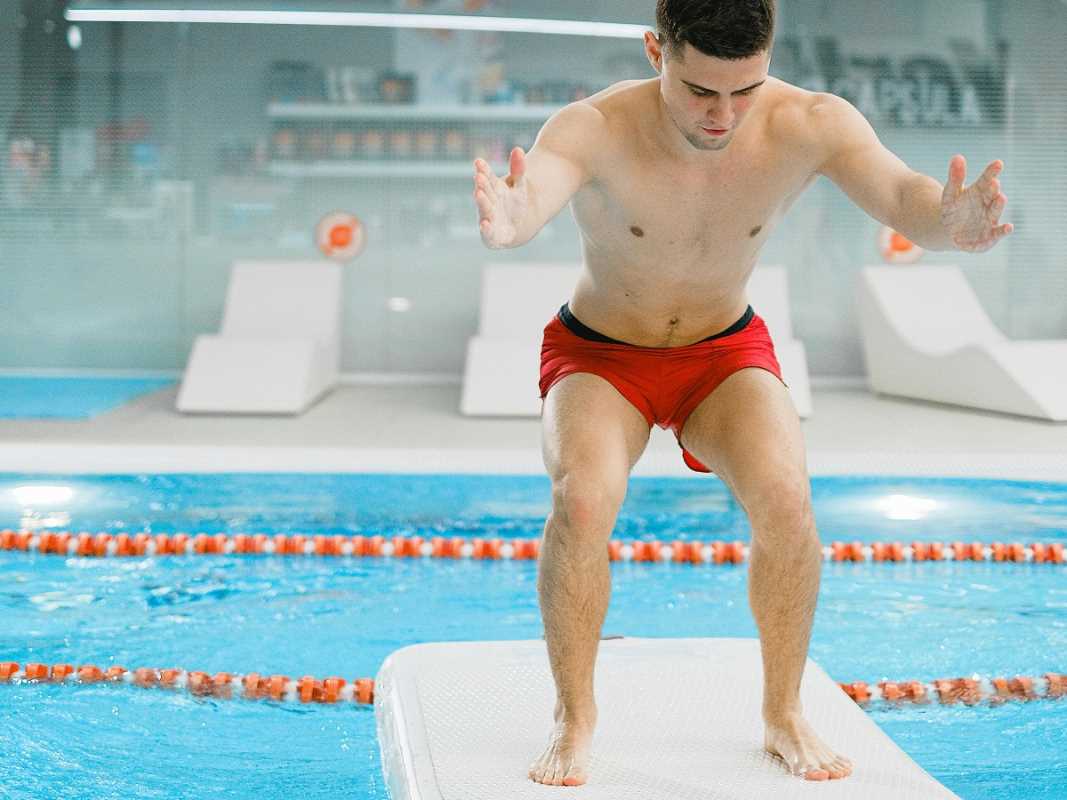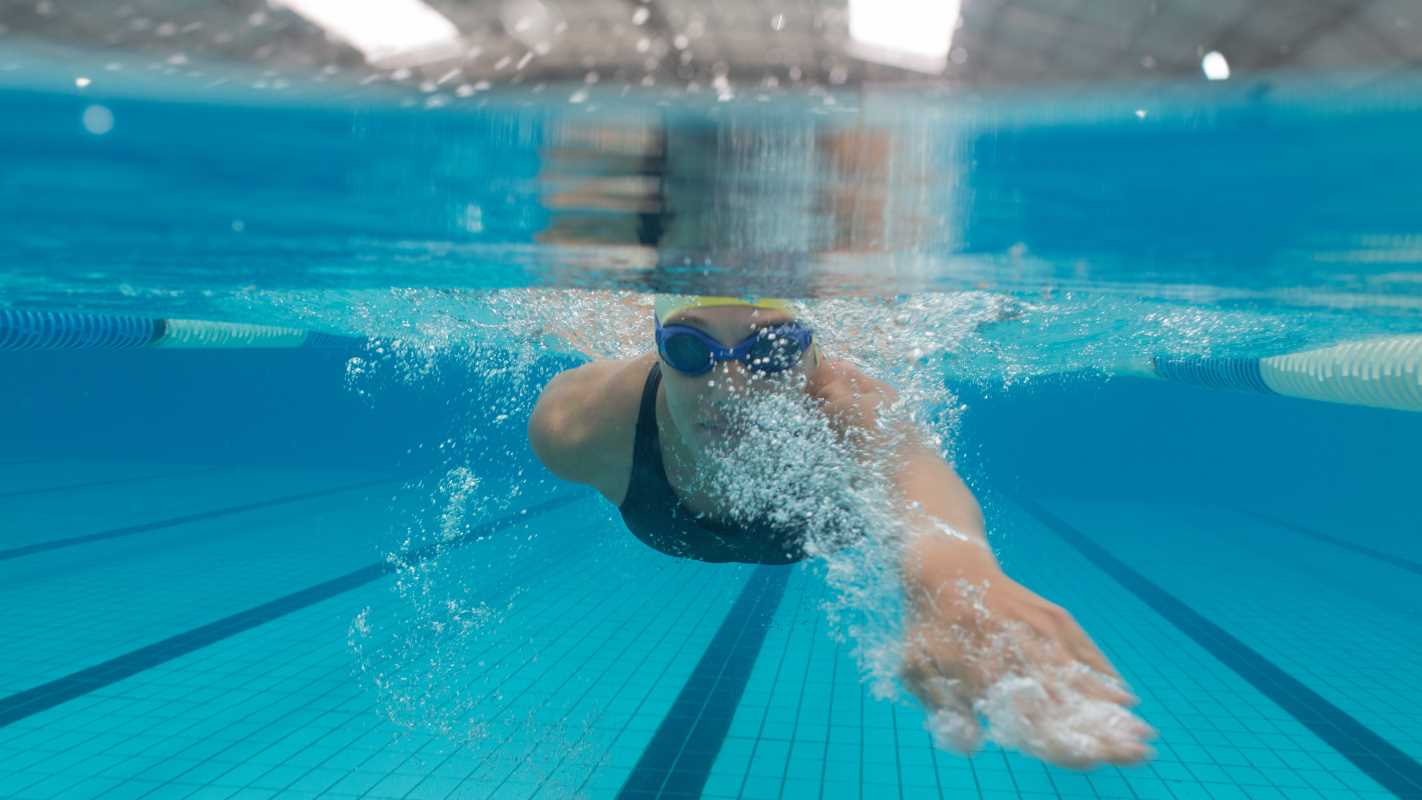Endurance training aims to challenge your boundaries and increase your ability to sustain performance over long durations. Recently, both athletes and fitness enthusiasts have started integrating cold exposure into their workout regimens. This innovative approach not only elevates their performance but also provides distinctive advantages, helping dedicated individuals stand out in their chosen disciplines. By adopting this method, they not only improve their physical capabilities but also enhance their mental resilience, gaining an edge that is increasingly recognized in competitive arenas. Whether pushing through extreme temperatures or extending stamina, this dynamic duo of training techniques is making waves in the fitness world.
The Science Behind Cold Exposure
- Enhanced Recovery: Cold exposure reduces muscle inflammation and soreness, allowing for quicker recovery between training sessions.
- Improved Circulation: Alternating between cold and warm environments stimulates blood flow, which improves overall cardiovascular health.
- Increased Metabolism: Exposure to cold temperatures activates brown fat, boosting metabolic rate and aiding in weight management.
- Mental Fortitude: Regular cold exposure enhances mental toughness, helping athletes handle stress and improve focus during competitions.
- Immune Support: Cold exposure strengthens the immune system, reducing the frequency of common illnesses that disrupt training schedules.
- Hormonal Balance: Cold exposure influences the release of beneficial hormones such as norepinephrine, which plays a role in attention, focus, and mood stabilization.
Benefits for Endurance Athletes
Integrating cold exposure into endurance training offers a range of benefits tailored for athletes who demand peak performance. One standout advantage is the improvement in recovery time. By reducing muscle inflammation, athletes can train harder and more frequently without the usual downtime.
Cold exposure also contributes to increased stamina. The body adapts to the stress of cold, enhancing its ability to manage prolonged physical exertion. This adaptation boosts athletic performance and builds resilience, allowing athletes to maintain high levels of performance even under challenging conditions. The mental boost from successfully enduring cold sessions translates into greater confidence and persistence during competitions.
Methods of Cold Exposure
Several effective ways exist to incorporate cold exposure into your training regimen. Here are some popular methods:
- Ice Baths: Submerging the body in ice-cold water reduces inflammation and muscle soreness.
- Cold Showers: Taking a quick cold shower post-workout invigorates the body and promotes faster recovery.
- Cryotherapy Chambers: These specialized facilities expose the body to extremely low temperatures for short durations, enhancing overall athletic performance.
- Cold Packs: Applying cold packs to specific muscle groups targets localized inflammation and aids in pain relief.
- Natural Cold Environments: Training or spending time in naturally cold settings, such as winter outdoor sports, also serves as a form of cold exposure.
How to Begin:
- Start by preparing a tub filled with cold water and adding ice to reach a temperature between 50-59°F (10-15°C).
- Gradually lower yourself into the ice bath, ensuring that you remain calm and breathe deeply to manage the initial shock.
- Stay submerged for 10-15 minutes, focusing on steady breathing and relaxing your muscles.
- After the cold exposure, warm up gradually with a towel or a warm beverage to restore your body temperature.
- Stay hydrated and nourish your body with a balanced meal post-session to maximize recovery benefits.
Challenges and Precautions
While cold exposure offers numerous benefits, approaching it with caution is essential. One primary challenge is the risk of hypothermia, especially if the exposure is prolonged or the water temperature is excessively low. Athletes should always monitor their body's response and avoid pushing beyond their comfort levels. Starting with shorter durations and gradually increasing exposure time helps the body adapt safely.
Individuals with certain medical conditions, such as cardiovascular issues or respiratory disorders, should consult a healthcare professional before incorporating cold exposure into their routine. It's also crucial to start gradually, allowing the body to adapt to the cold, and to ensure that the environment is safe, with access to warm areas if needed. Listening to your body and respecting its limits prevents adverse effects and ensures that cold exposure remains a beneficial component of your training regimen.
Cold exposure in endurance training aids faster recovery and boosts mental resilience, offering performance-driven athletes a way to push limits and achieve new heights.
 (Image via
(Image via





